Cosmetic Skin Rejuvanation
At our clinic we offer a wide range of skin rejuvenation treatments performed safely by skin specialist, experienced cosmetic nurse and skin therapist. Restore and refresh the appearance of your healthy skin with us.
Browse some of our laser services:
- Acne and milia extractions
- Customised skin peels
- Fine wire diathermy
- SkinPen microneedling
- LED light/Healite II treatment
- Photo Dynamic Therapy (PDT)
- Skin Care
Acne and milia extractions
Acne extractions can be very beneficial for unclogging your pores when performed correctly. It is an important additional treatment to oral and topical therapies to achieve the best acne management and outcome. Milia is a small superficial cyst that appears like a white bump just underneath the skin. It is removed by opening up (pricking) the skin to facilitate the extraction.
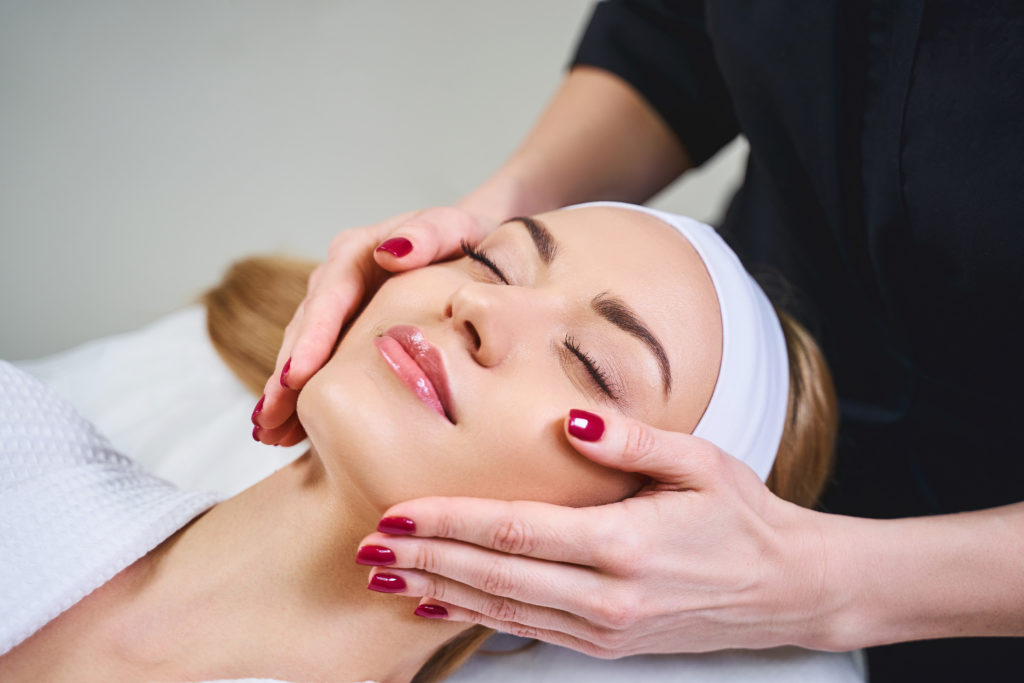
How is the treatment performed?
During the procedure, the clinician will physically remove the material clogging the pore. Closed comedones, the white bumps underneath the skin, needs to be open with a lancet or a needle to be safely extracted. Blackheads can be extracted with a comedone extractor or cotton buds.
What to expect following extractions
The treated area may appear red and swollen for a few hours following the acne or milia removal, but this should subside within a day or two.
Chemical peel
Chemical peels are used to remove damaged skin cells, revealing healthier skin underneath. At Novus dermatology, we use different strengths and various peeling solutions to customise the treatment to patients’ skin concern. The chemical peels we offer are superficial to medium strength.
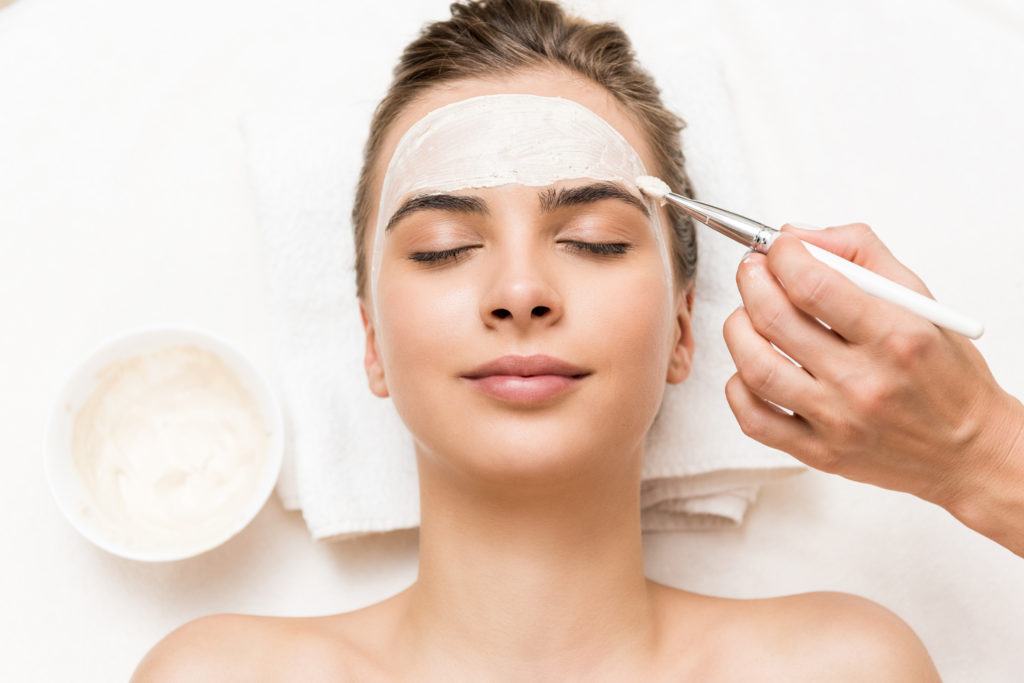
What is a chemical peel?
A chemical peel is a procedure in which a solution is applied to the skin to remove unwanted changes to the skin and encouraging replacement with healthier skin. It promotes exfoliation of the dull dead skin layer, leaving the skin fresher and more youthful. Common solutions used include lactic acid, glycolic acid, and trichloroacetic acid (TCA).
What skin conditions can chemical peels be used for?
Superficial and medium chemical peels may treat photodamage, fine lines, pigmentation, and acne and mild acne scarring
What to expect following a chemical peel
The superficial to medium peels are usually well-tolerated, you will feel some itching and burning during the procedure. The treated skin will be red, dry, sometimes swollen and mildly irritated for up to 5-7 days.
With proper skin preparation and correct after-care, the risks of side effects are reduced. Commonly reported side effects are burning sensation, inflammation, peeling, and redness
How many treatments are required?
We recommend a course of three to five treatments to achieve desirable results.
Before and after treatment care
Two weeks prior to your peel treatment it is important that you stop /discontinue the following treatments or products on areas where the peel will be applied:
- Waxing
- Intense sun exposure
- Electrolysis
- Any skin treatments
- Stop prescription topical acne treatments. The treating clinician will advise you.
SKIN PREPARATION for a chemical peel
- At least 2 weeks prior apply Retinol ( Biopelle Retriderm) and alpha hydroxy acid product at nights (Dermaceutic Light Ceutic or Turnover cream)
- Apply daytime sun protection SPF 50
After treatment care:
- Apply gentle moisturiser, we recommend Regan Ceutic cream at night and K Ceutic cream during the day with SPF 50
- Avoid exfoliation (Vitamin A, AHAs, scrubs) for one week
- Do not pick or scratch skin
- Avoid sun exposure
- Avoid any facial skin treatments for two weeks
- The skin may flake /peel for up to five day
- Apply sun protection SPF 50 every
Fine wire diathermy
Fine wire diathermy procedure is sometimes referred to as electrosurgery. Treatments can take anywhere from seconds to several minutes to perform, depending on the number of lesions or size of the area being treated.
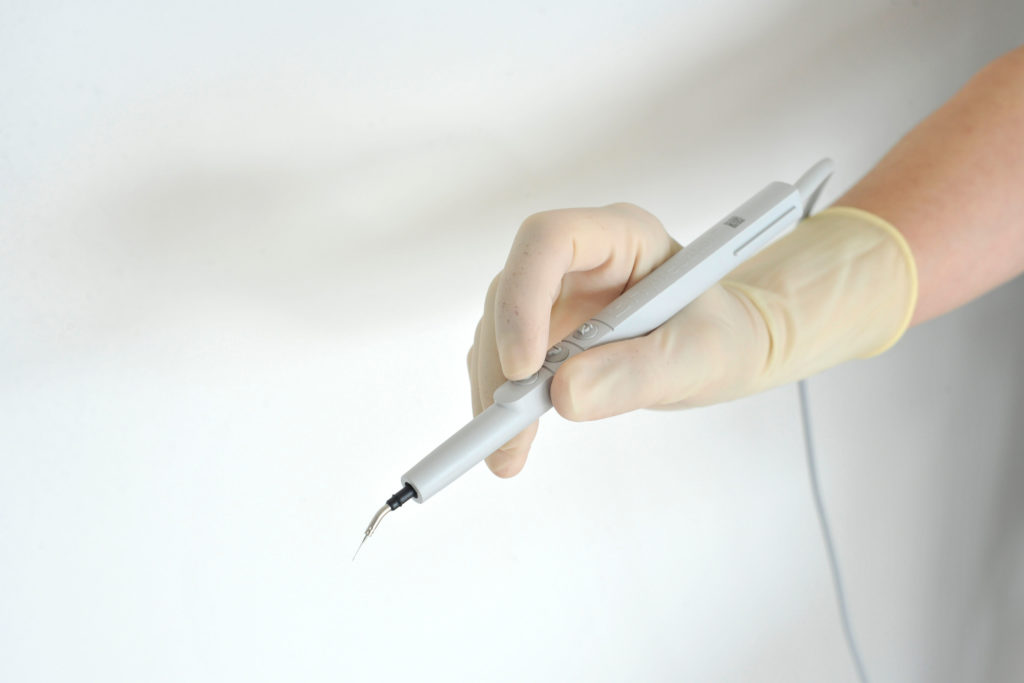
How does fine wire diathermy therapy work?
A pen-like device with a very fine electrode is used to deliver pulses of electrical energy into the skin to heat up and destroy specific benign skin lesions or blood vessels.
What skin conditions can fine wire diathermy treat?
- Milia
- Sebaceous Hyperplasia
- Acne, specifically acne with closed comedones (white heads)
- Spider naevi or spider angiomas
- Skin tags
- Seborrheic keratoses (warty like growths)
- Syringoma ( benign skin lesions that appears on the face, originated from hair follicle structures.
What to expect following fine wire diathermy treatment?
Immediately after the treatment, the area can become red and mildly swollen. The use of cold packs during the first hours can reduce redness and swelling.
For a larger area with multiple lesions, the treatment usually requires an anesthetic cream, applied at least 30 min prior to the appointment. You can expect that treated lesions will form crusts that slough off in 5-7 days.
Before and after treatment care
- Inform Dr/Nurse of all medications that you are currently taking.
- Inform Dr /Nurse if you have an electrical medical device inserted i.e pacemaker
- Please inform if you have any history of unusual scarring ie keloid scarring or skin pigmentation
After treatment care:
- Strict sun protection should be adhered to. Daily application of Spf 50 is advised
- Apply Vaseline or La Roche Posay Cicaplast Baume twice a day
- Use gentle cleanser
SkinPen microneedling
SkinPen microneedling procedure stimulates skin regeneration through the process called collagen induction therapy (CIT). The continuous needle prick wounds triggering the body’s natural response of creating new skin and collagen. It regrows a new, firmer, and more even-toned skin.
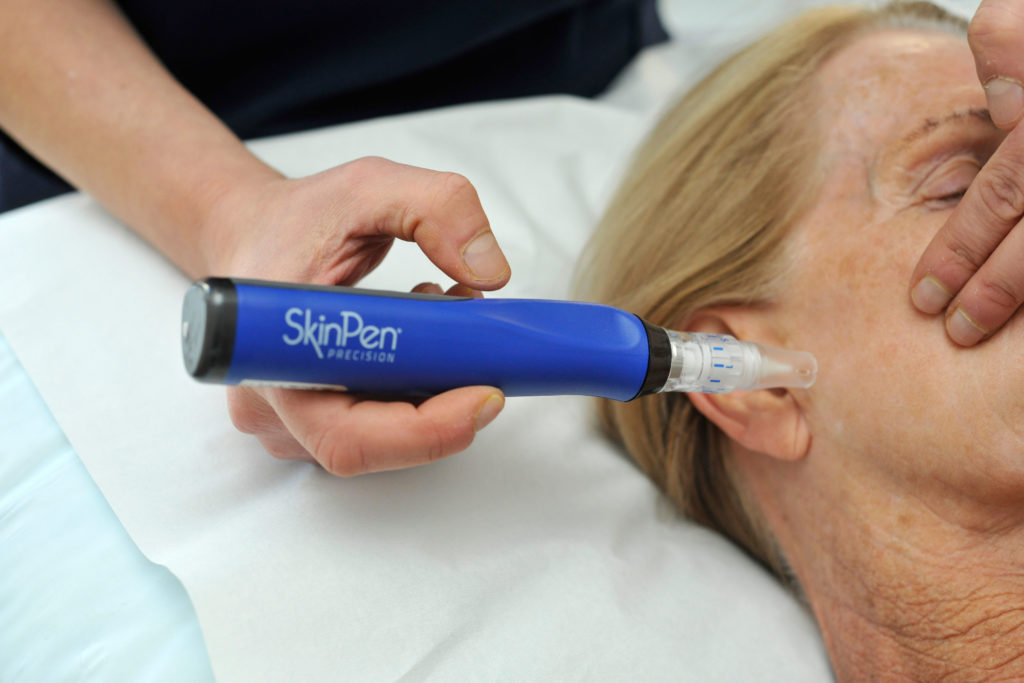
How does SkinPEN microneedling CIT therapy work?
Collagen induction therapy is a minimally invasive procedure involving the movement of a pen-like device with an attached sterile, disposable cartridge tip containing small needles over the skin’s surface. The microneedles puncture the skin and create tiny micro-injuries that are not visible to the naked eye.
How is the treatment performed?
Your skin will be prepared for treatment through cleansing followed by preparation with a disinfecting agent. Your treating clinician may advise the use of a topical anaesthetic to ease treatment discomfort.
SkinFuse® Lift HG (a hydrogel product) is applied to the skin’s surface during the procedure. It is specifically designed and formulated for use with CIT procedures to prevent against friction and abrasion during the treatment.
The treating practitioner will attach the sterile, single-use needle cartridge to the SkinPen® Precision to determine the length of the microneedle to use for the procedure. Once attached, the sterile tip of the SkinPen® Precision needle cartridge is moved across the surface of the skin to perform the treatment. Some clients may experience a small amount of discomfort during the treatment alongside a small amount of pinpoint bleeding.
What conditions can microneedling treat?
By utilising CIT, skin concerns such as acne scars and surgical scars may be treated. Cosmetic concerns such as fine lines, wrinkles and scars may also be improved. It generally takes at least up to 3 months before a physical improvement can be seen, and multiple treatments may be required to achieve desirable results.
What to expect following a SkinPen® Precision procedure
The following are expected following SkinPen® Precision procedures with experiences varying between patients:
- Low-grade redness and swelling for up to 4 days post-treatment
- Slight discomfort subsiding with 24 hours
- Bruising
- Mild crusting and scabbing for 2-3 days post-treatment
- Short term skin dryness, tightness, itching and burning
- Skin peeling
- Short term darkening of skin pigmentation followed by lightening
How many treatments are required?
Every patient varies with regards to their treatment needs, your treating clinician will create a treatment plan based on your individual needs and explain this to you during your first consultation. It generally takes at least up to 3 months before a physical improvement can be seen, and multiple treatments may be required to achieve desirable results.
Before and after treatment care
There are certain circumstances in which the SkinPen® Precision treatment may not be suitable for you, and this is why it is essential that you inform your skincare professional of the following vital information during your consultation:
- All health conditions that you may suffer from
- Your medical history
- All prescribed and over the counter medications, including nutritional and natural supplements, that you are taking – it can be very helpful if you can take all medications and supplements to your appointment for assessment by your treating practitioner
- All skincare that you are using, both prescription and over the counter
Appropriate skin priming is essential prior to all SkinPen® Precision procedures to reduce the incidence of unwanted side effects and complications from cosmetic procedures, and it also assists with the healing required by your skin after treatment. Your treating clinician will advise a skin priming regime specifically designed to match your skin type and to also address your main concerns.
Immediately following your SkinPen® Precision treatment, your skin is very receptive to all products that are applied to it. This leaves your skin open to irritation and reactivity to certain products and the environment. Due to this reason you must be very careful with regards to what you put onto your skin and what environmental influences and exposures you come into contact with to avoid adverse effects.
LED light therapy with Healite II
Low-level light therapy (LLLT) with Healite II is therapeutic use of light emitting diode (LED) light to enhance your body’s natural cellular recovery, improving healing times, relieving pain, subsiding active acne, promoting skin rejuvenation and more. The pain free and non-invasive treatment delivers concentrated energy deep into your tissue affecting your body at a cellular level.
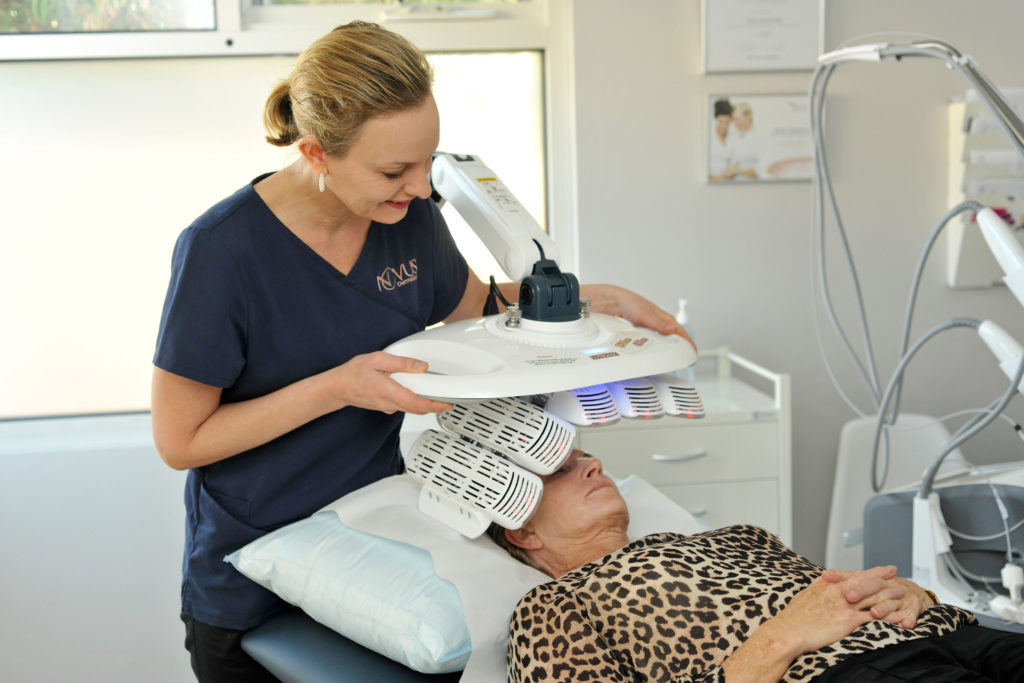
How does LED light therapy work?
Deep penetrating LED lights are soothing, they target deep into the skin cells to heighten their internal functions, photo-stimulate dermal blood flow and induce faster healing, decrease pain, and reduce acne.
What to expect following a Healite II LED light procedure
There isn’t any downtime from the standalone Healite II treatment. However, if the Healite II treatment is adjunctive treatment, there may be an associated downtime to your other procedure. Your physician will discuss this with you during your consultation.
How many treatments are required?
Your clinician will discuss your treatment goals with you; these goals will determine the number of treatments you will need. Typically, patients are treated 2 times a week over a period of time and many patients see and feel results after just one treatment.
Photo Dynamic Therapy (PDT)
photosensitising medication, oxygen and red light, to create a photochemical reaction that selectively destroys cancer cells, while sparring the healthy cells.

How does PDT work?
PDT consists of the application of the photosensitising agent, 5 – ALA cream, to the whole face or selected treatment areas for three hours. The photosensitiser cream makes cells more receptive to light and destroy the target cells when exposed to the specific LED red light used in the clinic.
What skin conditions can PDT treat?
PDT can be used to treat solar keratoses (red scaly lesions) on the face, scalp, hands, décolletage and legs. A large area of skin or “field” such as the face can be treated in one session. PDT also results in cosmetic rejuvenation of the skin with improved skin texture and colour.
What to expect following a PDT procedure
You may experience a stinging or burning sensation during the LED light session. Immediately after the procedure, the skin will be red and inflamed and an after-treatment cream will be applied to help settle the inflammation. Due to the residual photosensitising agent in the skin, the treated area is extremely sensitive to the sun and you must stay out of the sun and protect the treated area from sun exposure for a minimum of 2 days. (preferably stay indoors)
Moderate redness and swelling are normal, especially around the eyes, this should resolve within a week.
On about day three and four the skin starts peeling and this continues for several days leaving healthy looking skin underneath.
How many treatments are required?
The results are often excellent after just one treatment, although we recommend repeating the treatment within 1-2 years.
How many treatments are required?
Every patient varies with regards to their treatment needs, your treating clinician will create a treatment plan based on your individual needs and explain this to you during your first consultation. It generally takes at least up to 3 months before a physical improvement can be seen, and multiple treatments may be required to achieve desirable results.
Before and after treatment care
- Discomfort or stinging may be evident for the first few days, apply cold pack, and Avene water spray
- Crusting and itching can last up to one week. Do not pick or scratch the skin, apply QV intensive moisturiser, Cicaplast Baume, or Vaseline freely.
- Pimples/ whiteheads may develop, usually resolve within a few days
- Prolonged redness may be evident > 4 weeks
- Do not rub the treated area with a facecloth or towel.
- Apply a moisturiser with sunscreen 50+ every day,
Skin Care
It is important to have a good skin care regime to protect the skin from environmental and internal damaging elements. It can help to reverse and prevent skin damage as well as maintain skin health and results of skin treatments.
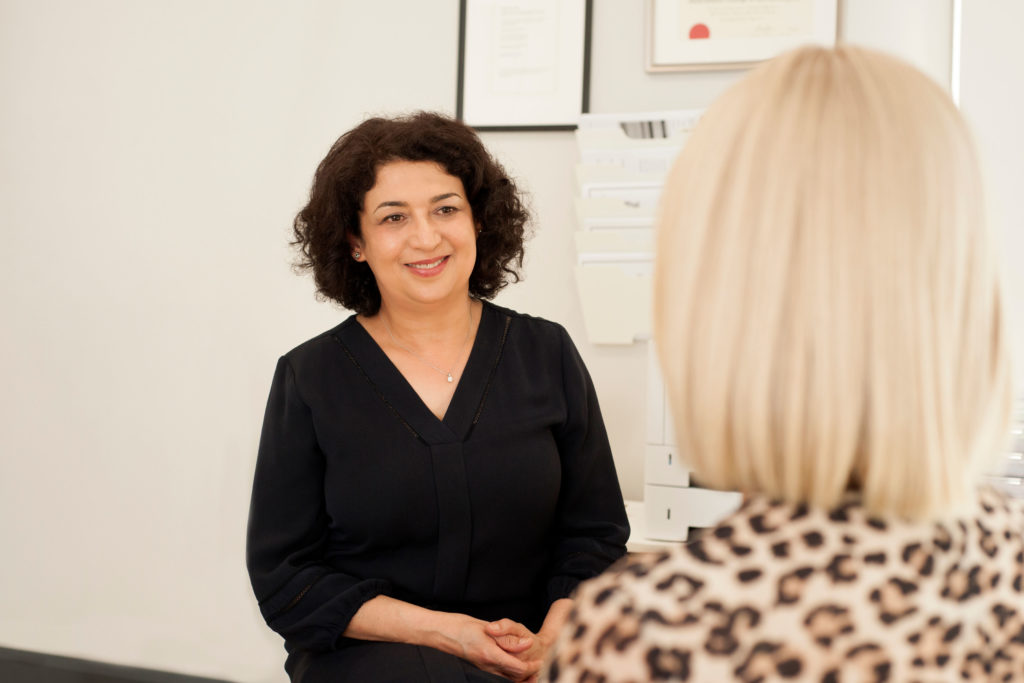
It is important to have a professionally advised skin care routine that is specifically suited to your skin type, your concerns and goals. At Novus dermatology & skin health we can help you with prescribing active ingredients that will benefit the skin and is safe to use. Our cosmetic nurse and dermal therapist will assess your skin and advise you about products that will be best suited for your individual concerns and needs.
At our cosmetic clinic we only stock skin care products that are reviewed by specialist dermatologist.
